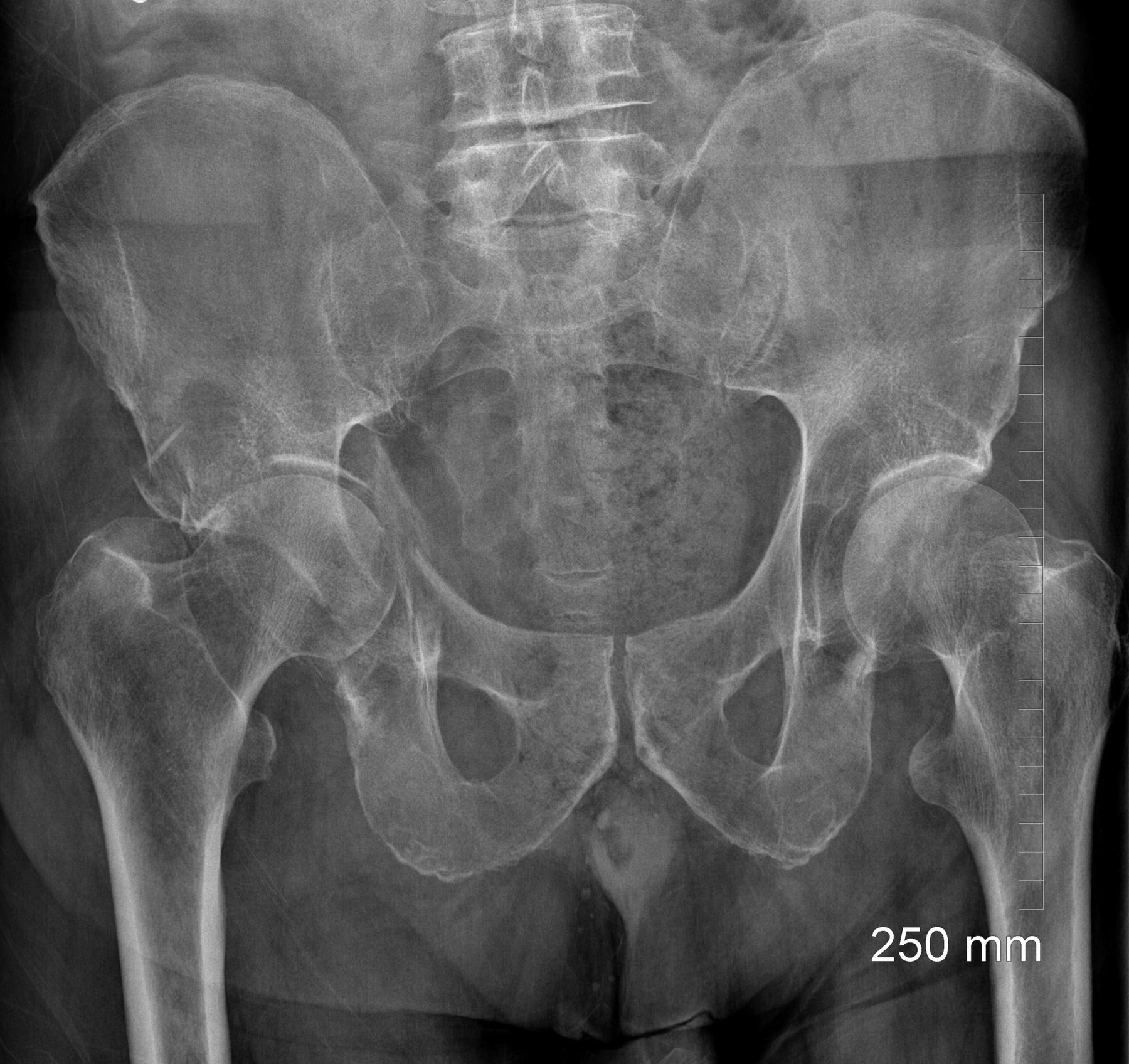When discussing patient outcomes of hip fractures, we often are speaking of fractures of the proximal part of the femur. But what about the other side of the hip joint, the acetabulum? Among fragility-related injuries, we’re seeing a rise in the incidence of acetabular fractures. And in treating our elderly patients who have sustained or are at risk of a hip fracture, we can benefit from a greater understanding of mortality, complications, and predictive factors associated with such fractures.
Helpful new data come from Stetzelberger et al. in the October 6 issue of JBJS. In a retrospective comparative study, the authors evaluated the cumulative 1-year mortality rate and perioperative complication rates following surgical management of acetabular fractures and proximal femoral fractures in a series of elderly patients treated at their Level-I trauma center in Switzerland. A total of 136 acetabular and 350 proximal femoral fractures were included. After matching, the analysis included 2 comparable groups of 129 acetabular and 129 proximal femoral fractures.
Given that surgery for acetabular fractures is often more complex and of longer duration than surgery for proximal femoral fractures, one would think that the acetabular fracture cohort would have greater morbidity and mortality. Interestingly, the acetabular fracture group had a significantly lower cumulative 1-year mortality rate both before matching (18% vs 33%; log-rank p = 0.001) and after matching (18% vs 36%, log rank p = 0.005). The acetabular fracture group did, however, have a higher overall perioperative complication rate (68% vs 48%, p < 0.001). No difference in the in-hospital mortality rate was found.
Age was associated with 1-year mortality in both groups, but otherwise, multivariable factors associated with 1-year mortality differed: intraoperative blood loss of >1 L and postoperative wheelchair mobilization were risk factors after acetabular fracture surgery, whereas a higher 5-item modified frailty index was associated with a higher risk of mortality, while postoperative full weight-bearing was protective, after surgical treatment of proximal femoral fractures.
As the authors acknowledge, there were significant group differences in the overall cohort in terms of baseline characteristics, including a greater rate of male patients and a lower rate of nursing home residents in the acetabular fracture group. Nonetheless, with increasing patient longevity, this study adds valuable information to the literature—and can help inform our conversations with patients—regarding operative management of acetabular fractures.
Marc Swiontkowski, MD
JBJS Editor-in-Chief
For more information on acetabular fractures, click here for a related JBJS Clinical Summary.



